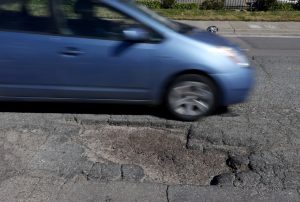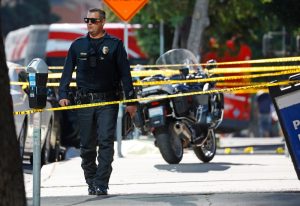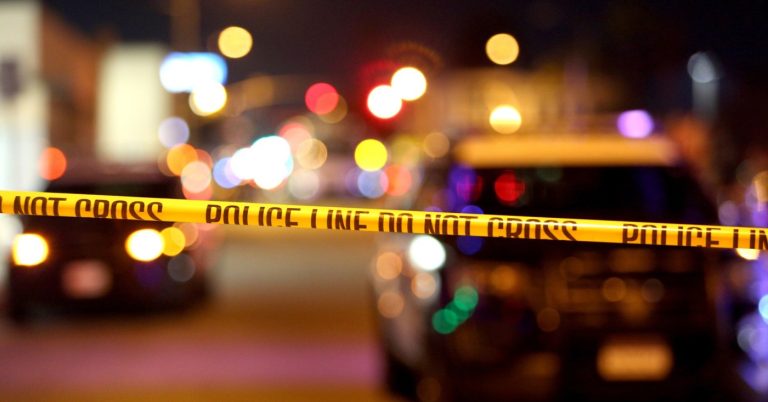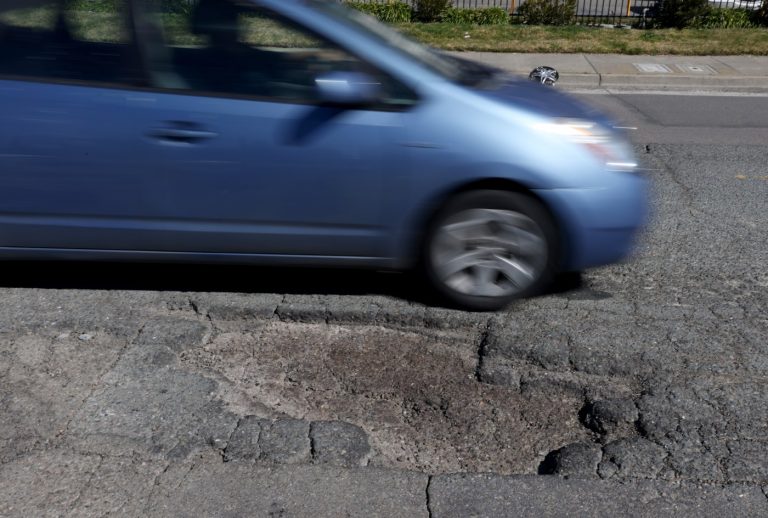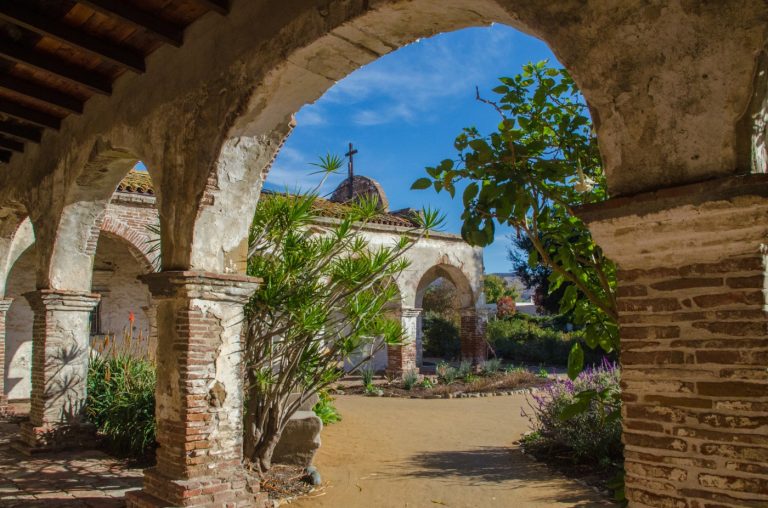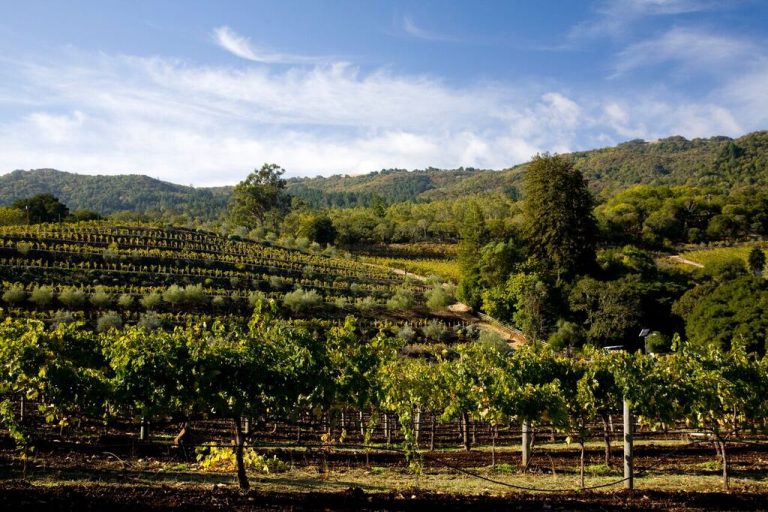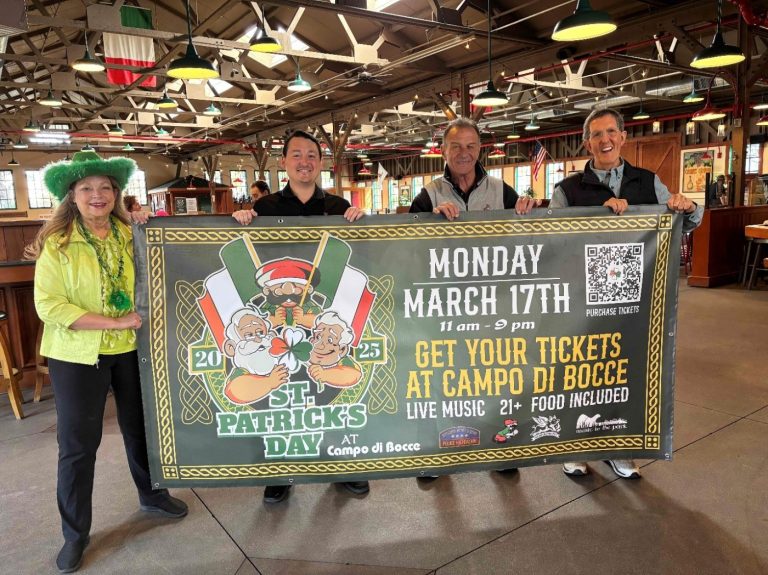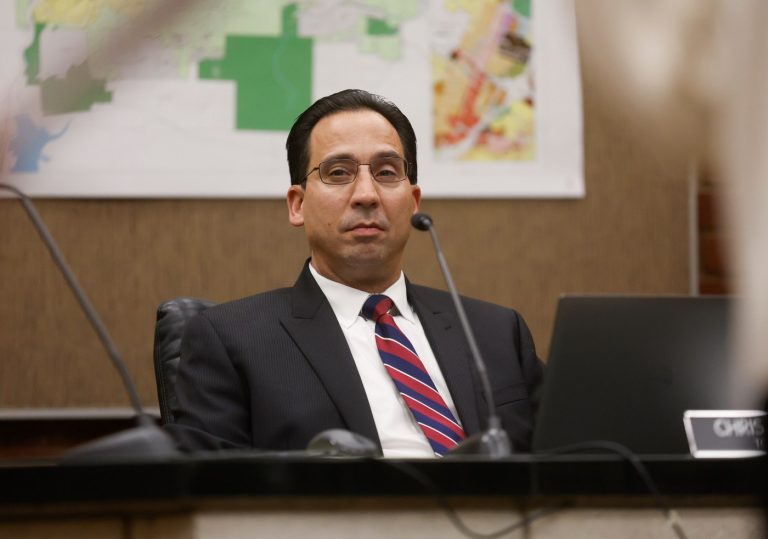Last month, the 2024 Nobel Peace Prize was awarded to Nihon Hidankyo, a Japanese group of atomic bomb survivors known for their powerful global activism. These survivors, hibakusha in Japanese, have dedicated their lives to ridding the world of nuclear weapons.
But to many Americans, the atomic bombs dropped on Japan are still a hazy part of history. One of the reasons for this is time; it has been nearly 80 years since the war ended. But another reason is education. In the 1940s and ’50s, U.S. officials attempted to cover up the human impact of the bombs, keeping the footage of Hiroshima and Nagasaki, including that taken by the U.S. government, suppressed. The effects of these efforts still linger in the American educational system today and even in the lack of imagery used in media reporting.
The result is that for decades, Americans have been able to keep a comfortable distance from the disturbing visuals of the destruction caused by the atomic bombs. There are no commonly recognized images of the aftermath of the bombing of Hiroshima and Nagasaki as there are of the Holocaust. Students learn about the U.S. bomber the Enola Gay (and maybe now about J. Robert Oppenheimer, the “father of the atomic bomb”), but little else. As Washington and Lee University professor Janet Ikeda explains it: “The Enola Gay just flew away after dropping the bomb, and that’s what I think Americans do — sort of fly away with the pilot.”
The peace narrative
We personally feel the extent of this cover-up. Victoria’s grandfather, Carmine Gerardi, was among the first American troops on the ground in Nagasaki, just weeks after the bomb was detonated. He brought home more than 100 photographs of his time in Japan during the U.S. occupation, but only one from Nagasaki — a blurred image of the shoreline from his ship as it approached the port.
Carmine suffered from post-traumatic stress disorder and alcoholism and died at age 42 from cirrhosis. He is one of many U.S. atomic veterans who came home but never fully recovered.
In the decades since the bombs were dropped, much of the narrative around the bombs has been about peace. That’s what Nihon Hidankyo’s activists have dedicated their lives to. We know about this through family as well. Karin’s great-great-uncle, Morito Tatsuo, the first president of Hiroshima University in 1950, started a greening initiative asking American universities to send trees in the name of peace to replant Hiroshima’s desolate earth.
Teaching peace is incredibly important — but we can’t say “never again” and be forward-looking without looking back. That’s why Nihon Hidankyo has always used witness accounts in its activism and lobbying. But those witnesses are, at their youngest, in their 80s.
We can’t rely on the Japanese hibakusha only, and we don’t have to. We can educate Americans with the imagery we long suppressed and with the memories of our own survivors — the American atomic veterans.
‘No one wanted to know’
Over the past few months, we have interviewed several surviving “atomic veterans” — those who were on the ground in Hiroshima and Nagasaki — as part of a documentary about the generational toll of the atomic bomb. All share the same story: Taking photographs of the cities was forbidden, and what they saw was classified. When we asked 98-year-old New York veteran Seymour Schwartz if he talked about the experience when he came back to the United States, he hesitated. “I never talked about it,” he said, “and no one ever asked. No one wanted to know.”
Because “no one wanted to know,” the Radiation Exposure Compensation Act and the Atomic Veterans Compensation Program were not enacted until 1990, and this June, they expired. The Atomic Veterans Commemorative Service Medal was created only in 2022, and NBC News reports that atomic veterans, including those exposed during testing, have been “ overwhelmingly” denied benefits for illnesses related to radiation exposure. None of the veterans we interviewed has been issued benefits for tumors and other illnesses they believe are linked to their service.
Related Articles
‘Like freeing a ghost’: A sailor’s strange and wondrous journey back from Pearl Harbor
Nobel Peace Prize awarded to Japanese organization of atomic bombing survivors Nihon Hidankyo
Wreck of US warship known as ‘Ghost Ship of the Pacific’ found in ‘exceptional’ condition off Northern California coast
The fight to save last pieces of historic Japanese fishing village on a California island
We are now using the resources we have — unclassified imagery taken by the U.S. government and the firsthand accounts of American first responders — to further educate America about the horrors of the bombs. This is why there isn’t more of an outcry for justice for atomic veterans. And it’s also why we’re not using pictures of people who died from the horror when we report news such as the Nobel Peace Prize. Most Americans have never seen the deeply powerful image of a boy standing at a crematorium in Nagasaki, a picture taken by an American in October 1945. But we know American soldiers saw many crematoriums when they served.
We must show more, say more and do more. It’s a disservice to the education of future generations of Americans and a disservice to the American veterans who served in Hiroshima and Nagasaki.
In order to change the trajectory of the future, we must bring both Japanese and American stories, and the visuals that go with them, to public attention. We must use images of the human suffering in 1945, not just destroyed buildings or a mushroom cloud, or those who were lucky enough to survive into old age. The Nobel Committee’s recognition of Nihon Hidankyo is a monumental step toward accomplishing this. But let’s not let them do the work alone.
Karin Tanabe, a Japanese American nisei, is the author of seven fiction books. Victoria Kelly is the spouse of a Marine veteran and the author of three books of fiction and poetry. ©2024 Chicago Tribune. Distributed by Tribune Content Agency.



